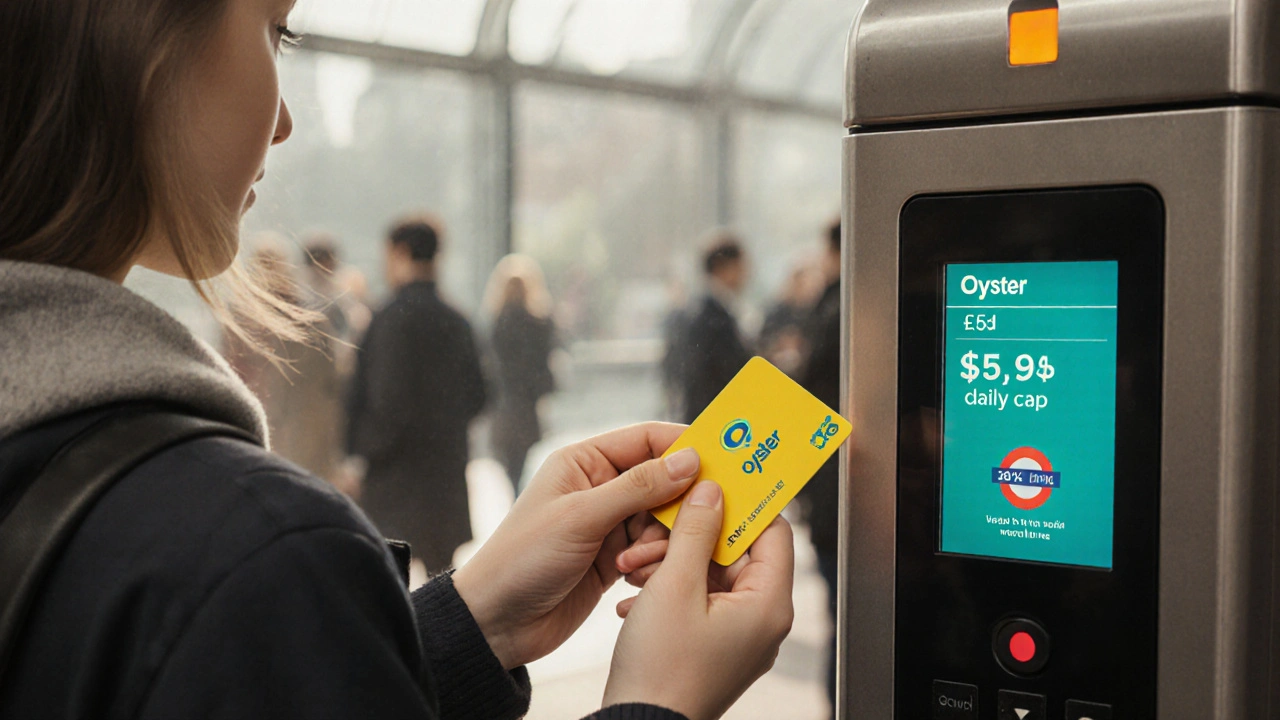Oyster vs Contactless: Which Card Saves UK Students Money on Transport?
When you’re a student in London or other major UK cities, getting around cheaply isn’t just about saving cash—it’s about keeping your budget alive. That’s where Oyster card, a reloadable smartcard used for public transport across London and parts of the Southeast. Also known as Travelcard, it has been the go-to for students for over 20 years. But now, contactless payment, using your bank card, phone, or smartwatch to tap and go on buses, tubes, and trains. Also known as tap-to-pay, it’s become the default option for millions. So which one actually helps you save more? It’s not as simple as picking the newer tech.
The truth? For most students, contactless works fine—but only if you’re not eligible for discounts. If you’re under 18, in full-time education, or have a 18+ Student Oyster card, you’re getting a 30% discount on Pay As You Go fares that contactless doesn’t offer. That’s £1.70 off a peak tube ride. Over a month, that adds up to £60+ in savings. And here’s the catch: contactless doesn’t know you’re a student. It charges you adult fares every time, no matter how many times you tap. Meanwhile, an Oyster card with your student discount locks in lower rates automatically. Plus, Oyster has daily and weekly capping built in, just like contactless—but with student discounts applied first. So if you’re eligible, Oyster wins. If you’re not, contactless is simpler and just as cost-effective.
There’s another layer: what happens if you travel outside London? Oyster cards work on some National Rail routes in Zones 1-9, but not everywhere. Contactless works on almost all UK rail operators with contactless readers, including Thameslink, Southeastern, and Greater Anglia. So if you’re commuting from outside London or taking weekend trips, contactless might be your only option. And if you’re using buses in Manchester, Edinburgh, or Cardiff? Contactless is the standard there—Oyster doesn’t even exist. So your choice isn’t just about London—it’s about where you’re going, how often, and whether you qualify for student discounts.
What about the hassle? Oyster cards cost £7 to buy, but you get that back when you return it. Contactless needs no upfront cost, but if you lose your phone or card, you lose your travel history and risk unauthorized charges. Oyster lets you register and protect your balance online. Contactless doesn’t. And if you’re on a tight budget, every pound counts. That’s why so many UK students still hold onto their Oyster cards—even if they’ve got Apple Pay set up.
Below, you’ll find real student stories, cost comparisons across different travel patterns, and step-by-step guides on how to get the cheapest fares—whether you’re using Oyster, contactless, or both. No fluff. Just what actually saves money.
Oyster vs. Contactless for London Students: Which Card Saves You More Money?
Published on Oct 21
0 Comments
Students in London can save hundreds per year by using an Oyster card with a 30% discount instead of contactless payment. Learn how the discounts work, what you’ll pay, and why contactless isn’t cheaper than you think.
